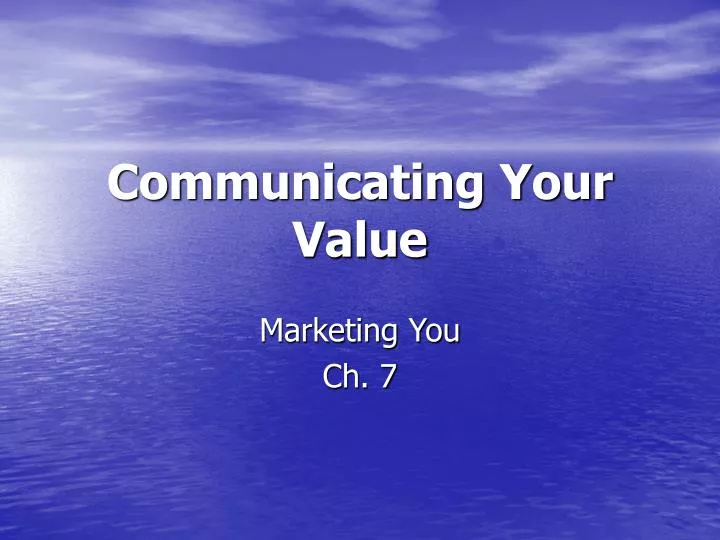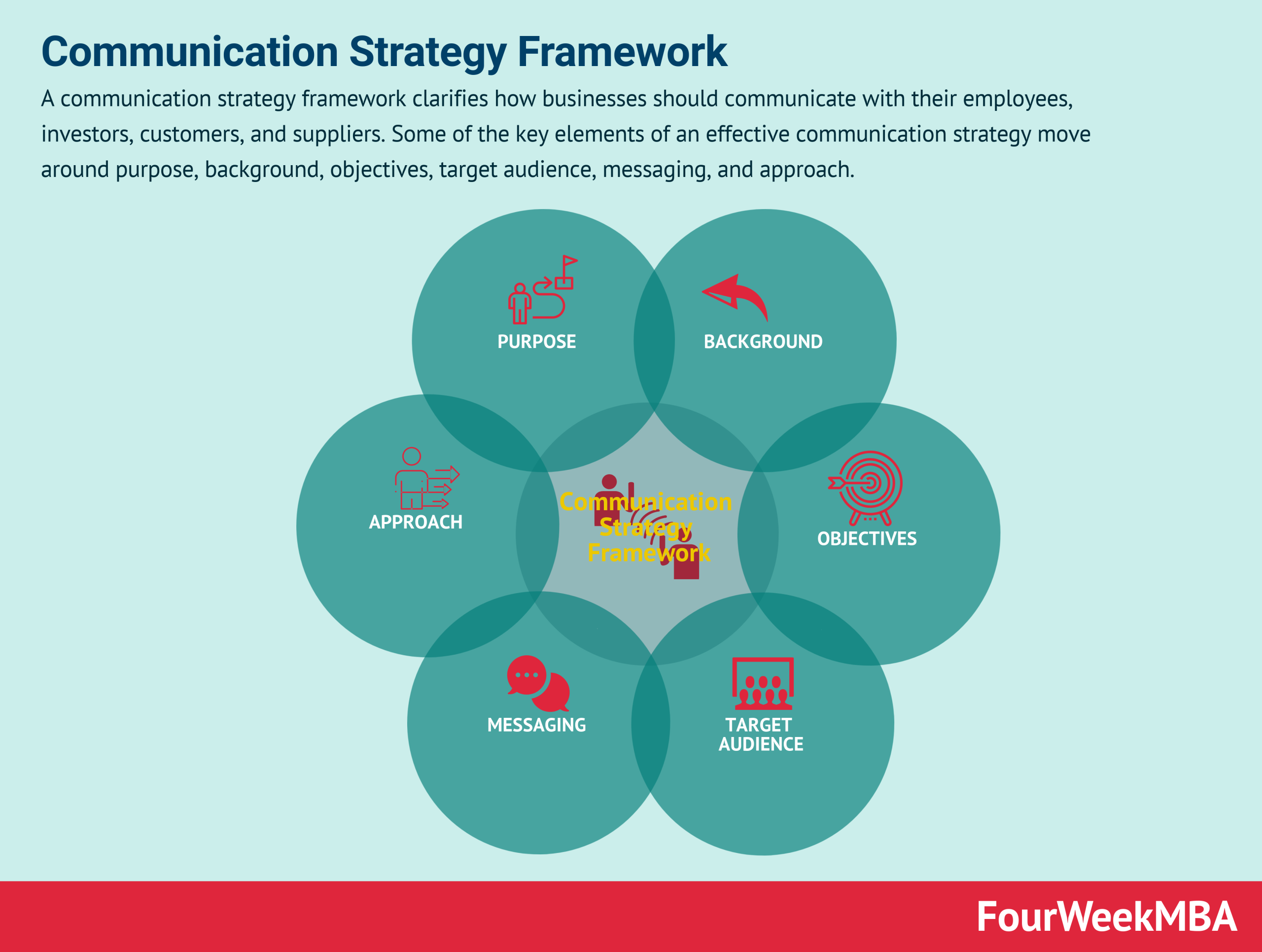Unlocking the Power of "Why": A Guide to Communicating Your Product’s Value

You’ve poured your heart and soul into crafting your product or service. You know its intricacies, its strengths, its potential. But how do you translate that passion into a compelling narrative that resonates with your ideal customer?
The answer lies in understanding the "why" behind your offering. It’s not just about listing features; it’s about connecting those features to the tangible benefits they deliver, ultimately addressing your customer’s needs and desires.

Think of it like this: Imagine a beautifully designed 4-bedroom, 3-bathroom home. You could list the technical specifications: square footage, number of windows, type of flooring. But that’s just the blueprint. What truly sells the house is the feeling it evokes: the spacious living room perfect for family gatherings, the serene master suite offering a sanctuary, the airy kitchen designed for culinary adventures.
This is the essence of effective product communication: painting a picture of the experience your product delivers, not just its technical details.
Here’s a breakdown of the key elements to focus on:

1. Understanding Your Ideal Customer:
- Who are they? What are their demographics, lifestyle, values, and pain points?
- What are their needs and desires? What are they looking for in a product or service?
- What are their objections? What might prevent them from purchasing your offering?


2. Identifying Key Features and Benefits:

- Feature: A specific characteristic of your product or service.
- Benefit: The positive outcome or value that a feature delivers to the customer.


Example:

- Feature: High-quality, durable materials used in construction.
- Benefit: Increased longevity of the product, reducing the need for frequent replacements and saving money in the long run.

3. Crafting a Compelling Narrative:
- Focus on the "Why": Explain how your product or service solves a problem, fulfills a need, or improves their lives.
- Use Storytelling: Connect with your audience by sharing real-life examples, testimonials, and anecdotes that illustrate the benefits of your product.
- Highlight Unique Selling Propositions (USPs): What makes your product or service stand out from the competition?
- Demonstrate Value: Quantify the benefits whenever possible. Use metrics, data, and case studies to showcase the tangible results your product delivers.
- Address Objections: Anticipate potential customer concerns and provide clear, concise responses.



4. Tailoring Your Message:
- Different audiences require different messaging: Adapt your language and tone to suit the specific audience you’re targeting.
- Utilize multiple channels: Communicate your message through your website, social media, marketing materials, and customer interactions.
- Test and refine: Monitor the effectiveness of your messaging and make adjustments as needed based on customer feedback.
Example: 4-Bedroom, 3-Bathroom Home
Target Audience: Young families seeking a spacious, comfortable home in a desirable location.
Key Features and Benefits:
- Feature: Open-concept living area with large windows.
- Benefit: Creates a bright, airy space perfect for family gatherings and entertaining.
- Feature: Spacious master suite with walk-in closet and ensuite bathroom.
- Benefit: Provides a private sanctuary for parents, promoting relaxation and well-being.
- Feature: Modern kitchen with high-end appliances and ample storage space.
- Benefit: Enhances culinary experiences and simplifies meal preparation for busy families.
- Feature: Energy-efficient design with solar panels.
- Benefit: Reduces energy bills and promotes environmental sustainability.
Messaging:
- "Create lasting memories in this spacious, family-friendly home. Enjoy open-concept living, a serene master suite, and a modern kitchen designed for culinary adventures. Plus, with energy-efficient features, you’ll save money and contribute to a greener future."
By focusing on the benefits your product delivers, you can create a compelling narrative that resonates with your ideal customer and drives informed purchasing decisions.
Remember: The key is to understand your customer’s needs and desires, and then showcase how your product or service fulfills those needs in a way that is clear, concise, and compelling.
